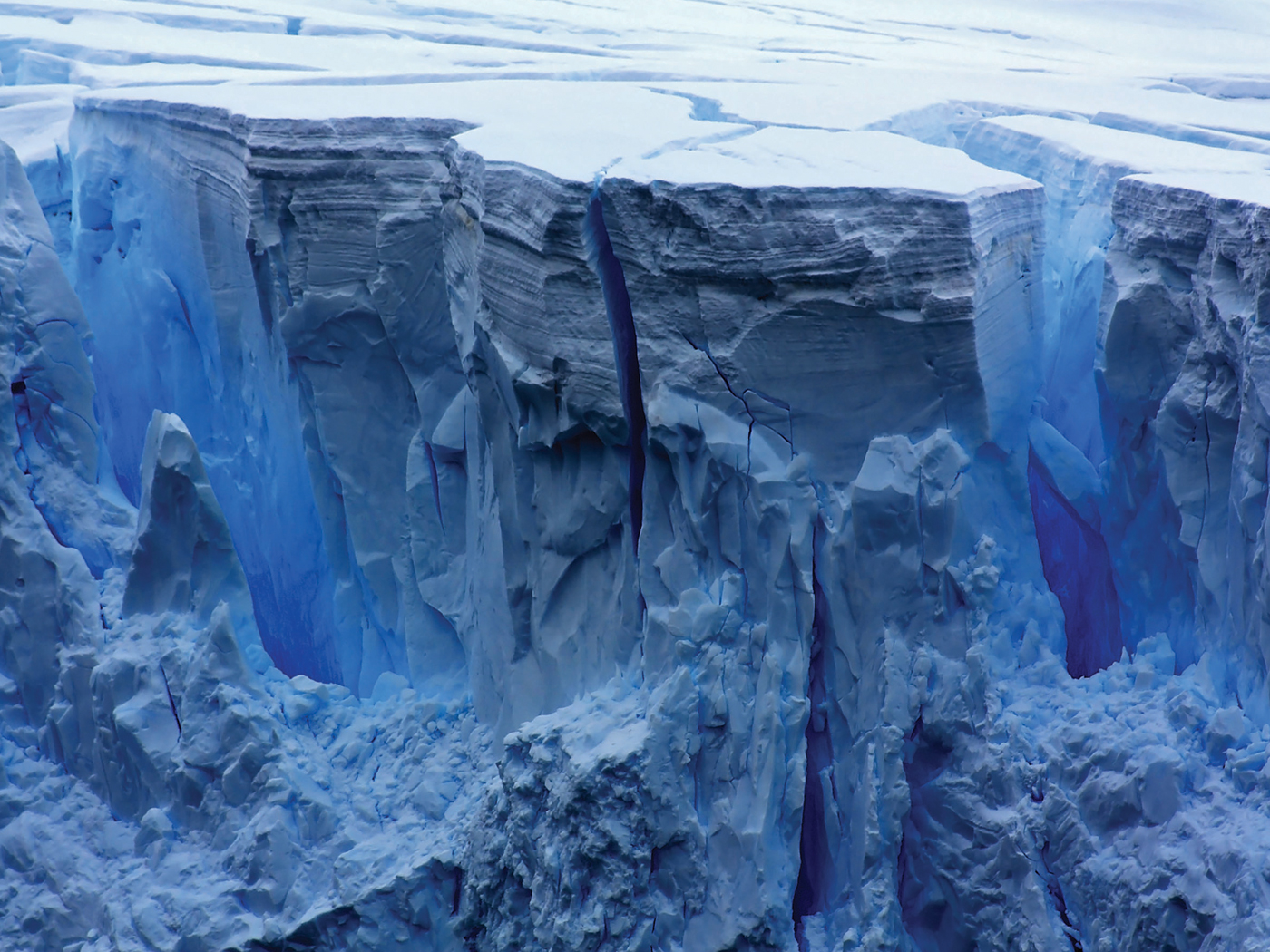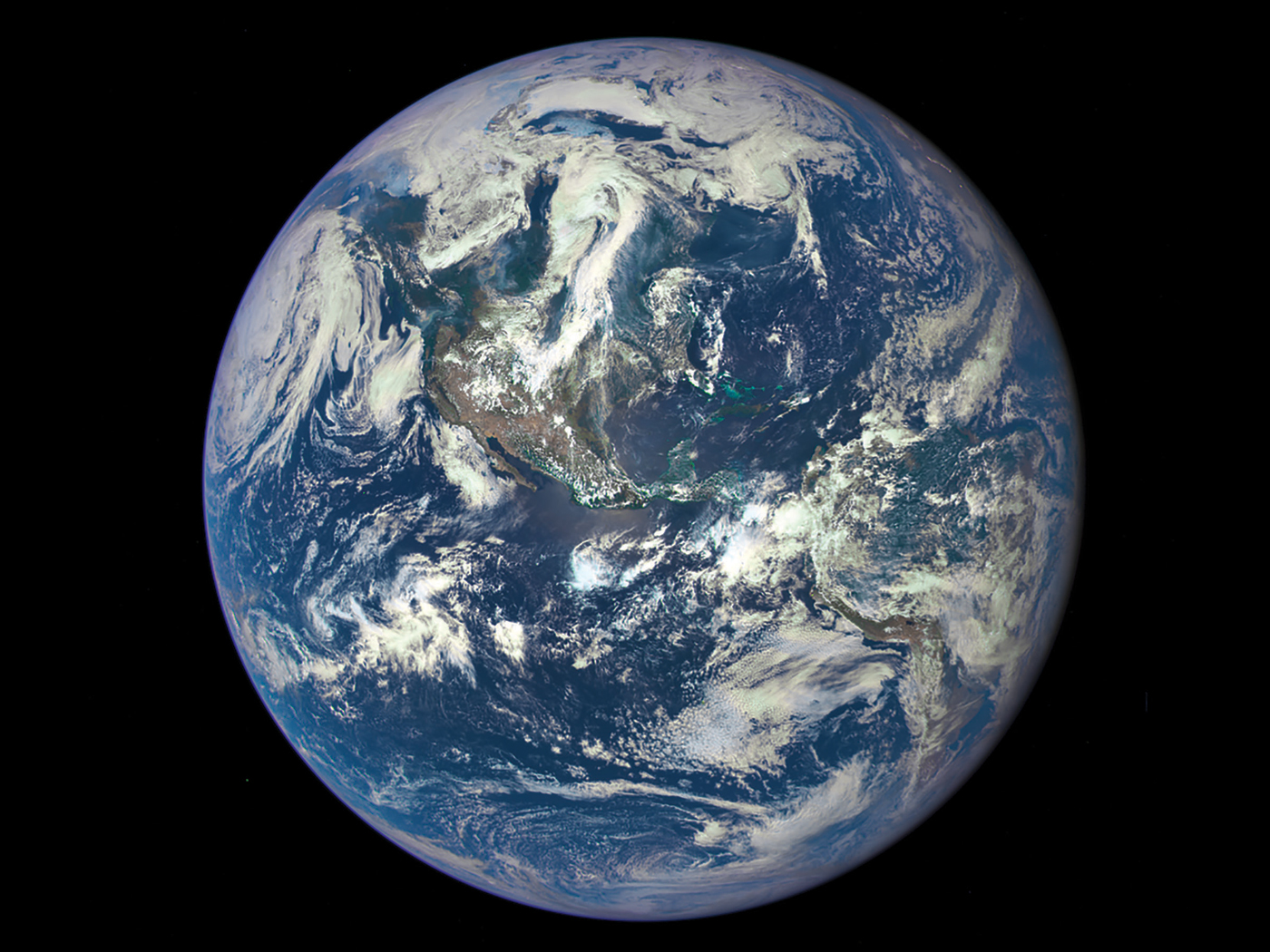Fasting is an important, personal matter involving intense spiritual discipline (Daniel 9:3). Clearly, the Lord Jesus fasted (Matthew 9:14-15; 17:21). It is not intended for salvation or to "punish the flesh" or as a badge of personal pride (Luke 18:9-14). It is intended to change us.
God has created our bodies to use starch, glycogen, and disaccharides (e.g., good old table sugar) as sources of energy on a day-to-day basis. These are carbohydrates and make up about half of most diets. As important as protein and fat (yes, fat--the average adult needs 80-100 grams of dietary fat per day) are in our diet, they are not intended to be the primary source of energy (although muscles do use free fatty acids first during light exercise).
In fact, people typically have about two pounds of carbohydrates stored as glycogen in the liver and skeletal muscle as energy backup (glycogenesis). This is why distance runners load up on high-carb foods (such as pasta) for several days before a marathon. They know the body will process these stores into glycogen that will be used gradually during the race. When this glucose polymer (glycogen) is needed, our incredibly designed liver delivers glucose units into the bloodstream (glucose, a monosaccharide, is called blood sugar).
But glycogen lasts for only so long, and before these reserves run out the body begins to use a more complex, energy-rich source called lipids (fat). The person who fasts, drinking only water, will deplete his glycogen reserves in a timeframe ranging from hours to a day or two (depending on energy demands) and will then be in fat respiration (breakdown).
While fasting for some can be harmful after only a few days, the Creator has uniquely designed our bodies to maintain this altered metabolism during a fast that He leads His people to endure, such as Moses on Mount Sinai (Exodus 34:27-28) or Elijah traveling from Beersheba to Mt. Horeb (1 Kings 19:3-9) or Jesus before His temptation by Satan in the wilderness (Matthew 4:1-11). Throughout this time, the body breaks down fatty acids (lipolysis) by the liver and produces ketone bodies and other compounds that are released into the bloodstream (ketosis). As long as one remains quiet, with a minimum of physical exertion (such as during fasting and prayer--Ezra 8:21-23; Psalm 35:13; Acts 13:1-3), this ketoacidotic condition is not threatening.
On the fortieth day of Jesus' fast, the Bible indicates that Jesus was "hungry," no doubt famished without food or water for over a month. At this physical low point, Satan struck. By this time, Jesus was on the verge of breaking down His own body protein as a final food source, since His carbohydrate and fat reserves were virtually depleted. Starvation victims tell of these later stages of gastric turgor, which result in intense pain or hunger pangs. But even under these extreme conditions, the Lord rebuked the Deceiver three times with Scripture, refusing to engage in dialog. At the end of this trial, "behold, angels came and ministered unto him" (Matthew 4:11).
While not a command in Scripture, fasting is assumed to be a Christian discipline for spiritual purposes (Matthew 6:16-18). Depriving the body of food should not be undertaken lightly or for the wrong reasons. In fact, some with certain medical conditions should not fast at all, and all fasts lasting more than a few days should not be started without consulting one's physician. However, the Creator knows our limitations and has designed us with an incredible nutritional cascade system that will allow us to endure the fast He calls us to undertake. For an encouraging and sensible resource on the Christian discipline of prayer and fasting, read Dr. Bill Bright's 7 Steps to Successful Fasting and Prayer (www.billbright.com/7steps/).
* Mr. Sherwin is Science Editor for the Institute for Creation Research.
Cite this article: Sherwin, F. 2008. Food, Fasting, and Physiology. Acts & Facts. 37 (1): 15.







